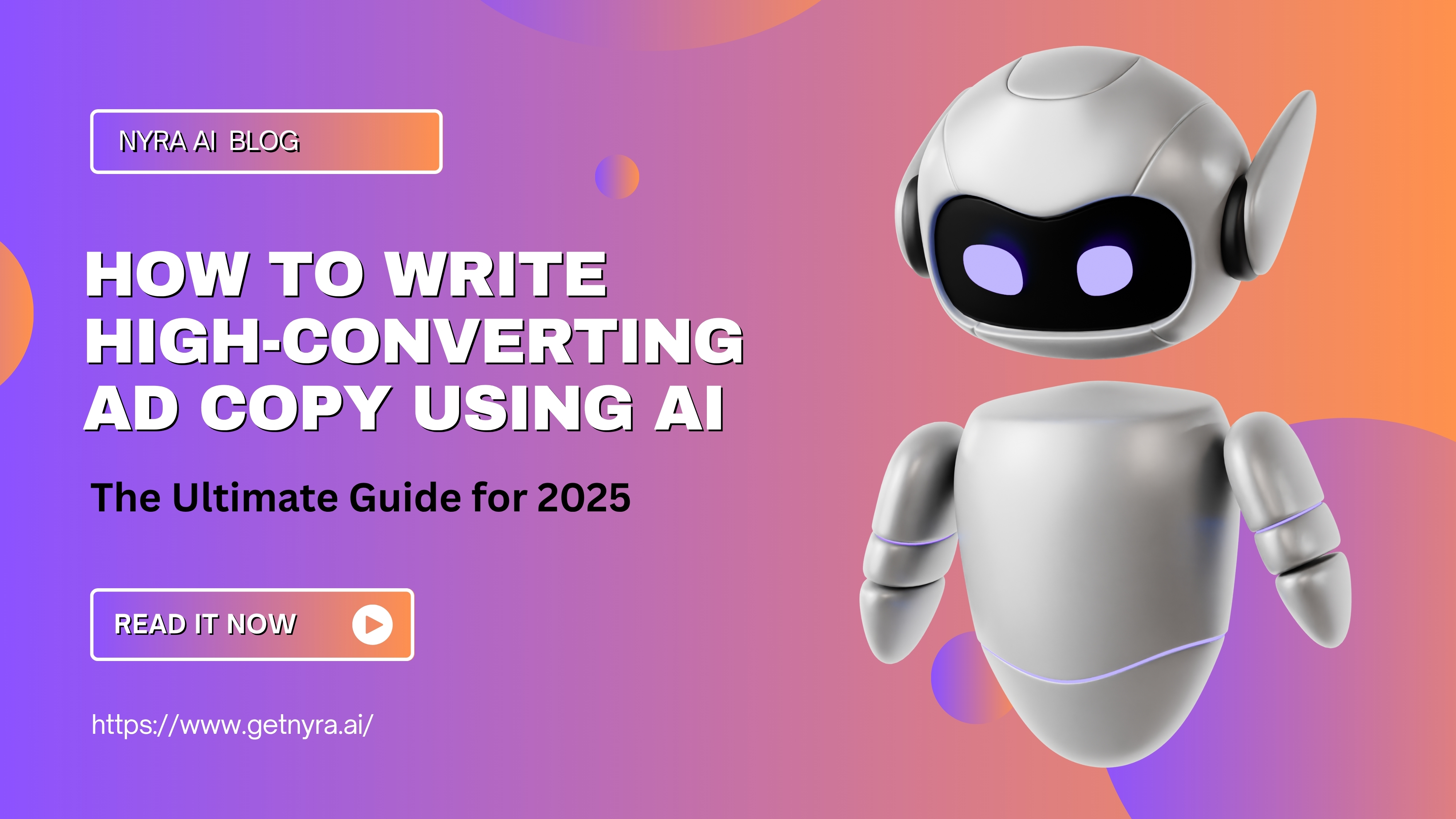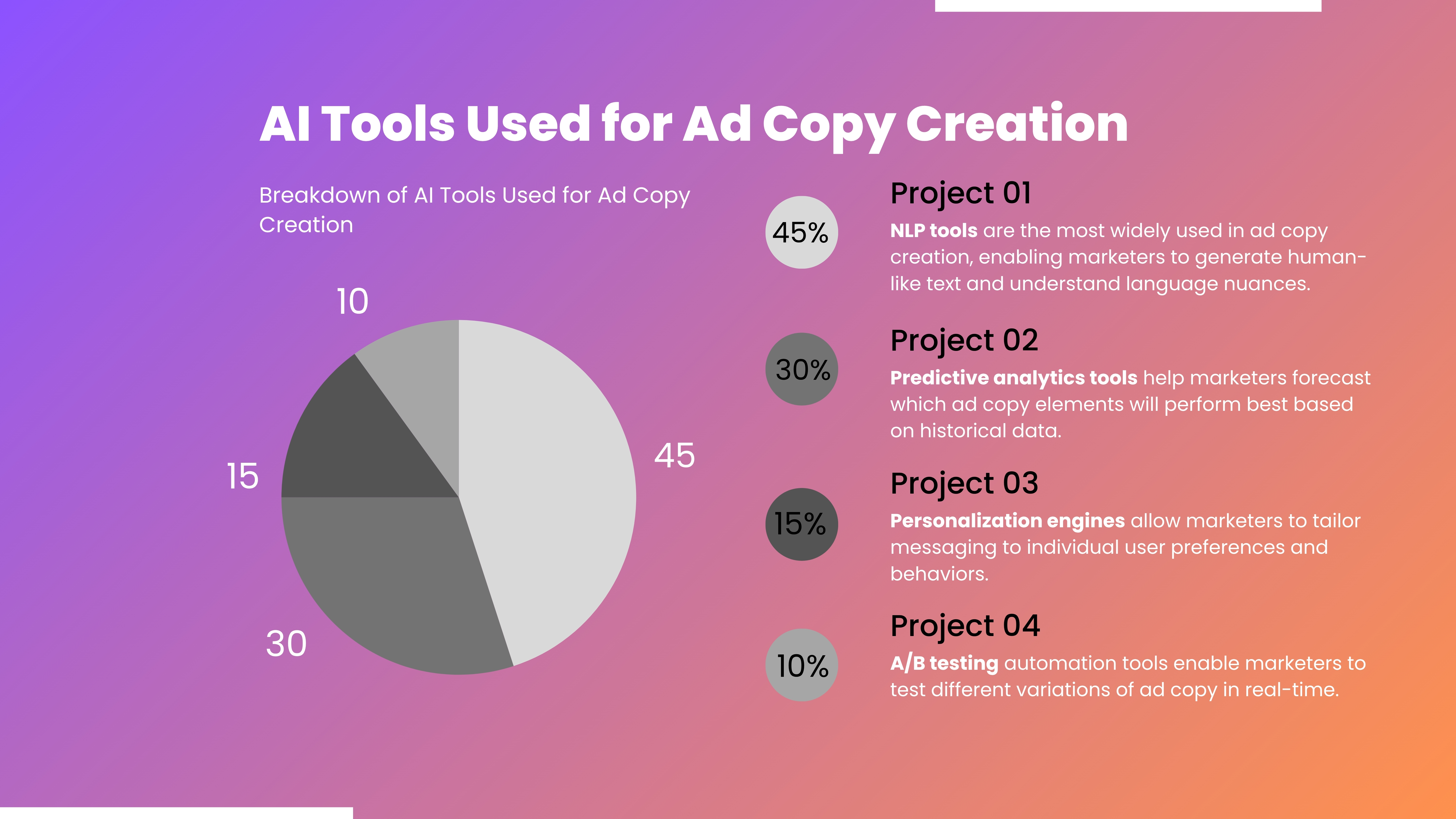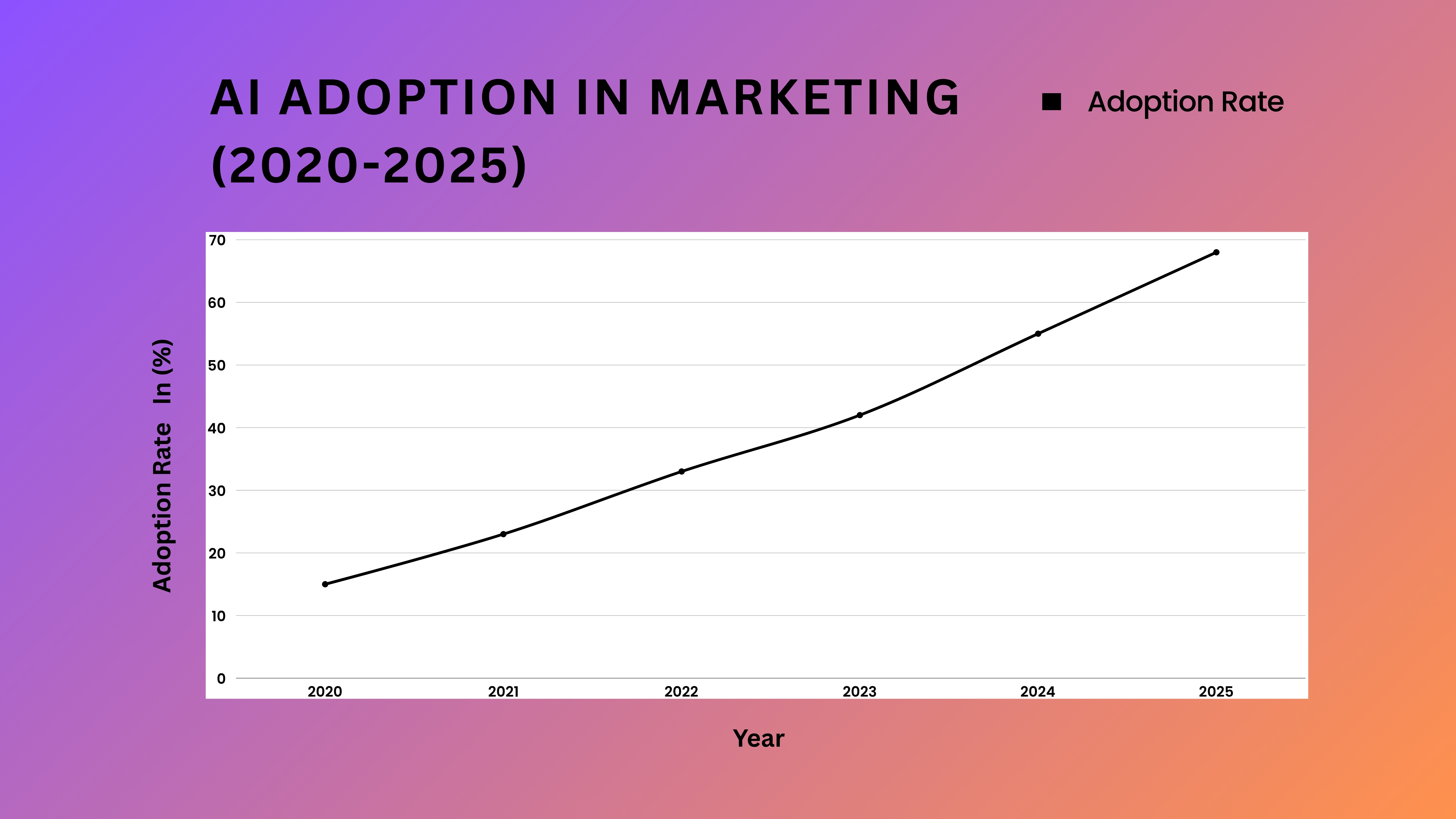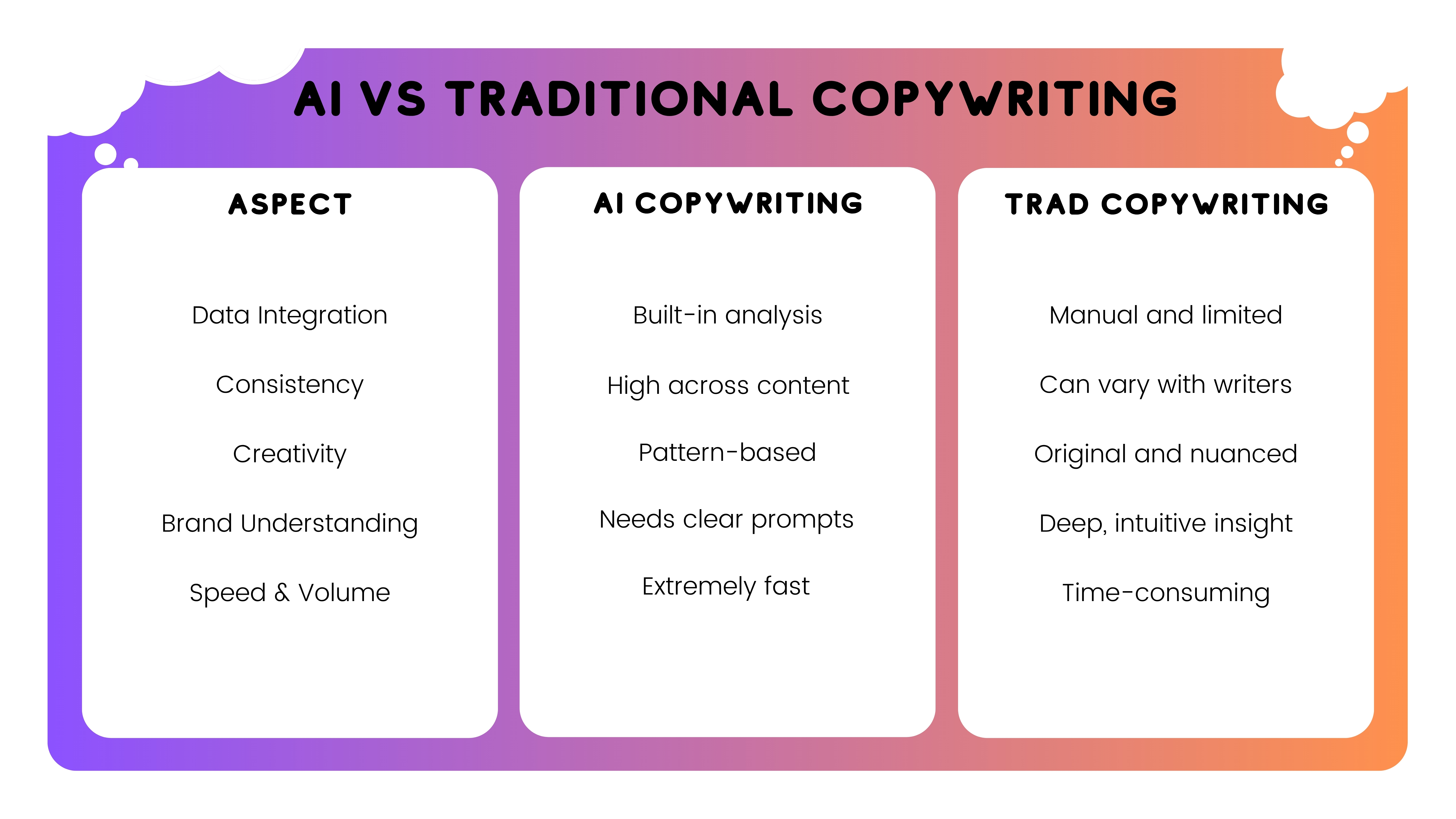How to Write High-Converting Ad Copy Using AI: The Ultimate Guide for 2025

In today's competitive digital landscape, artificial intelligence has revolutionized the way businesses create compelling advertisements. With AI-powered tools now accessible to marketers of all levels, the ability to craft high-converting ad copy has never been more achievable. This comprehensive guide explores everything you need to know about leveraging AI to create advertisements that not only capture attention but drive meaningful results for your business.
What is AI-Powered Ad Copy Writing?
AI-powered ad copy writing represents a fundamental shift in how marketers approach content creation. Instead of relying solely on human intuition and experience, this technology harnesses machine learning algorithms to analyze vast amounts of successful campaign data and consumer behavior patterns.
The core components of AI ad copy writing include:
- Natural Language Processing (NLP) – This technology understands human language patterns, context, and emotional nuances to generate copy that feels natural and engaging.
- Predictive Analytics – AI systems analyze historical campaign performance, market trends, and consumer behavior data to predict which copy elements will perform best for your specific industry and audience.
- A/B Testing Automation – AI can continuously test different copy variations across multiple variables simultaneously, optimizing performance in real-time without manual intervention.
Natural Language Processing enables AI to understand context, tone, and emotional triggers that resonate with specific audiences. Predictive analytics help marketers make data-driven decisions about which copy approaches are most likely to succeed.
How to Create High-Converting Ad Copy with AI
The process of creating effective AI-generated ad copy follows a systematic approach that combines technology with strategic thinking. Success depends on understanding both the technical capabilities of AI tools and the fundamental principles of persuasive communication.
Essential steps for AI ad copy creation include:
- Define Your Target Audience – Provide detailed demographic and psychographic information to guide.
- Set Clear Campaign Objectives – Specify whether you're aiming for awareness, engagement.
- Choose the Right AI Platform – Select tools that align with your specific needs and budget.
- Craft Detailed Prompts – Create comprehensive instructions that include tone, style, and key messaging.
- Generate Multiple Variations – Produce numerous copy options to test and compare.
- Refine and Optimize – Continuously improve copy based on performance data and user feedback.
Defining your target audience involves more than basic demographics. Include information about pain points, motivations, preferred communication styles, and purchasing behaviors. Setting clear campaign objectives helps the AI understand what type of copy will be most effective for your goals.
When to Use AI for Ad Copy Creation
Timing plays a crucial role in maximizing the effectiveness of AI-powered ad copy. Understanding when to leverage these tools versus traditional copywriting methods can significantly impact your campaign success.

Optimal scenarios for AI ad copy include:
- High-Volume Campaign Launches – When you need to create multiple ad variations quickly.
- Seasonal Marketing Pushes – During peak shopping periods when speed and efficiency are critical.
- Personalization at Scale – When targeting diverse audience segments with customized messaging.
- Budget-Constrained Projects – When traditional copywriting resources are limited.
- Data-Rich Environments – When you have substantial performance data to inform AI training.
High-volume campaign launches benefit from AI's ability to generate numerous variations efficiently. Seasonal marketing pushes require rapid content creation to capitalize on time-sensitive opportunities. Personalization at scale becomes manageable with AI's ability to adapt messaging for different audience segments. Budget-constrained projects can achieve professional-quality copy without extensive human resources.
Where AI Ad Copy Performs Best
Different platforms and channels offer varying levels of success for AI-generated advertising content. Understanding these environments helps marketers allocate resources effectively and maximize return on investment.
High-performing channels for AI ad copy include:
- Social Media Platforms – Facebook, Instagram, and LinkedIn respond well to AI-generated content.
- Search Engine Marketing – Google Ads and Bing Ads benefit from AI's keyword optimization.
- Email Marketing Campaigns – Personalized subject lines and body content show improved engagement.
- Display Advertising Networks – Programmatic platforms can leverage AI for dynamic ad creation.
- E-commerce Product Descriptions – AI excels at creating compelling product-focused copy.
Social media platforms provide rich data for AI optimization, allowing for precise audience targeting and messaging customization. Search engine marketing benefits from AI's ability to incorporate relevant keywords naturally while maintaining readability. Email marketing campaigns see improved open and click-through rates with AI-generated subject lines and personalized content. Display networks and e-commerce platforms also see uplift through automated, engaging product-centric messaging.
Benefits of Using AI for Ad Copy Creation
The advantages of incorporating AI into your advertising strategy extend far beyond simple efficiency gains. These tools offer capabilities that can transform how businesses approach marketing communications.
Key benefits include:
- Increased Efficiency and Speed – Generate multiple copy variations in minutes rather than hours.
- Data-Driven Decision Making – Base copy decisions on performance data rather than intuition.
- Consistent Brand Voice – Maintain messaging consistency across all campaigns and channels.
- Cost-Effective Scaling – Reduce the need for extensive copywriting resources.
- Enhanced Personalization – Create tailored messaging for different audience segments.
- Continuous Optimization – Automatically improve copy performance based on real-time data.
Increased efficiency allows marketing teams to focus on strategy and creative direction rather than time-consuming copy creation. Data-driven decision making reduces the risk of campaign failures and improves overall ROI. A consistent brand voice strengthens consumer trust. Personalization makes messages more relevant, and ongoing optimization ensures performance continually improves.
Future of AI in Advertising
The evolution of AI technology promises even more sophisticated capabilities for advertising professionals. Understanding these trends helps businesses prepare for upcoming opportunities and challenges.

Emerging trends include:
- Predictive Consumer Behavior Analysis – AI will anticipate customer needs before they're consciously.
- Voice-Activated Advertising – Integration with smart speakers and voice assistants will create.
- Visual AI Integration – Dynamic ad creation combining compelling copy with personalized imG/vdo.
- Real-Time Sentiment Analysis – Instant adjustment of messaging based on current events.
- Cross-Platform Optimization – AI will seamlessly adapt copy for different channels and formats.
Predictive consumer behavior analysis will enable proactive marketing strategies that address customer needs before competitors. Voice-activated advertising will require new approaches to copy creation that work effectively in audio formats. Visual AI will enhance engagement with multimedia messaging. Real-time sentiment analysis ensures your brand stays relevant in fast-changing situations, while cross-platform optimization will maintain consistency and performance everywhere your ads appear.
Key Differences: AI vs Traditional Copywriting
Understanding the distinctions between AI-generated and traditional copywriting helps marketers make informed decisions about when to use each approach.

Speed and volume advantages make AI ideal for large-scale campaigns and rapid content creation. Data integration ensures that copy decisions are based on proven performance rather than assumptions. Consistency helps maintain brand integrity across all marketing channels. Creativity and nuance remain areas where human writers provide unique value. Brand understanding requires human insight into complex positioning and messaging strategies.
Frequently Asked Questions
Q: How much does AI ad copy software cost?
A: Pricing varies significantly, from free tools like ChatGPT to enterprise solutions costing hundreds of dollars monthly. Most businesses find mid-tier options (₹2,500–₹8,000/month) sufficient for their needs.
Q: Can AI replace human copywriters entirely?
A: While AI is powerful, human oversight remains essential for brand voice, creativity, and strategic direction. The most effective approach combines AI efficiency with human expertise.
Q: How do I ensure AI-generated copy matches my brand voice?
A: Provide detailed brand guidelines in your prompts, including tone examples, preferred vocabulary, and messaging frameworks. Regular review and refinement help maintain consistency.
Q: What metrics should I track for AI ad copy performance?
A: Focus on click-through rates, conversion rates, cost per acquisition, and engagement metrics. Compare these against your traditional copywriting benchmarks.
Q: Is AI ad copy suitable for all industries?
A: Most industries can benefit from AI copywriting, though heavily regulated sectors may require additional human oversight for compliance and accuracy.